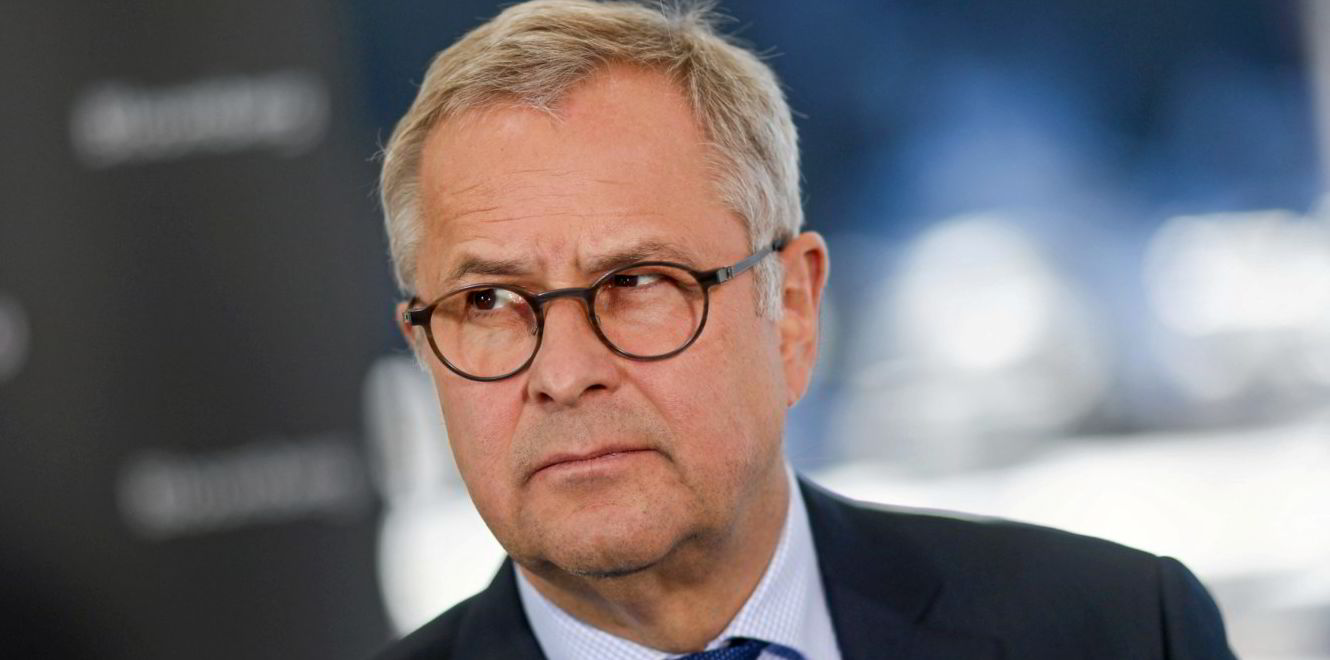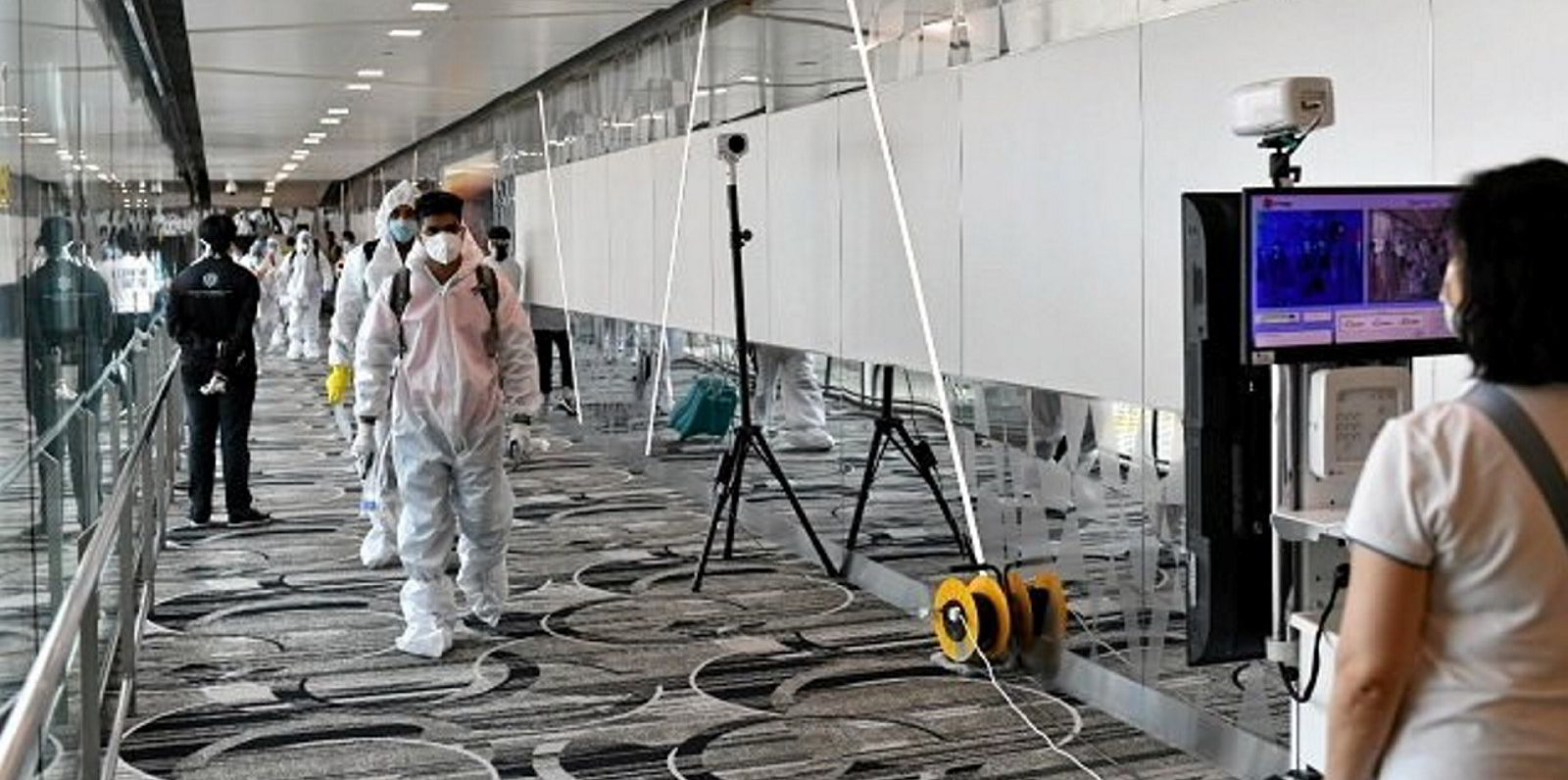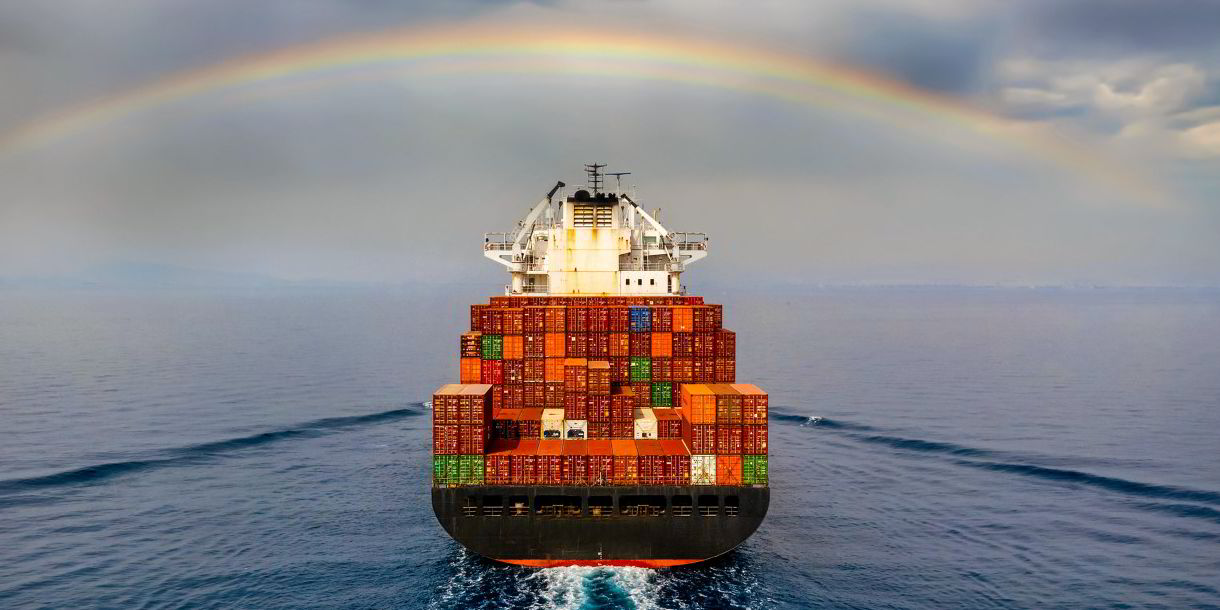The new strain of Covid-19 will add to the array of pandemic-related factors that have fuelled the 18-month container shipping boom, analysts believe.
Container freight rates held firm this week amid expectations that the impact of the pandemic will delay any fall in freight rates or easing of port congestion.
“High rates and congestion are ultimately results of the consumer spending shift from services to goods that began early in the pandemic,” said Freightos analyst Judah Levine.
So the spread of the Covid-19 Omicron variant “has the potential to push the shift back to spending on services even further away”, he said.
Uncertainty over the new strain has not affected freight rates, which have stabilised on many routes.
The Freightos Baltic Global index fell 14% in November to $9,364 per 40-ft equivalent unit following the end of peak season from Asia to North America.
But sentiment remains strong and the outlook for the freight market for the rest of the year is bullish, according to Peter Stallion, a container forward freight agreement broker at Freight Investor Services.
“The market remains historically expensive, with little prospect of this changing anytime soon,” he wrote in a Baltic Exchange market update.
Smaller shippers are at a disadvantage when negotiating rates and booking space on ships, “as they are less able to absorb the increased additional expenses”, he said.
The impact of Omicron remains uncertain, as government responses are likely to vary from country to country, added Lars Jensen, chief executive of Vespucci Maritime.
Although a full round of new lockdowns seems highly unlikely, mobility and port restrictions will probably be affected, according to Fearnleys Securities.
Some analysts pointed to signs of the freight market reverting to its normal seasonal pattern, despite record congestion at the California ports of Los Angeles and Long Beach.
“The rise and fall of prices around peak season for Asia-US lanes suggest that normal — though outsized — seasonal trends will take place this year,” Levine said.
That means “the recent lull will likely end as we approach Lunar New Year at the start of February”.
Speaking two weeks ago, before the discovery of the Omicron variant, Hapag-Lloyd chief executive Rolf Habben Jansen said he was also betting on a dip in spot rates in 2022.
“I do think we are past the peak or at a plateau right now,” he said. “But predicting rates is probably the most difficulty thing in liner shipping.”







